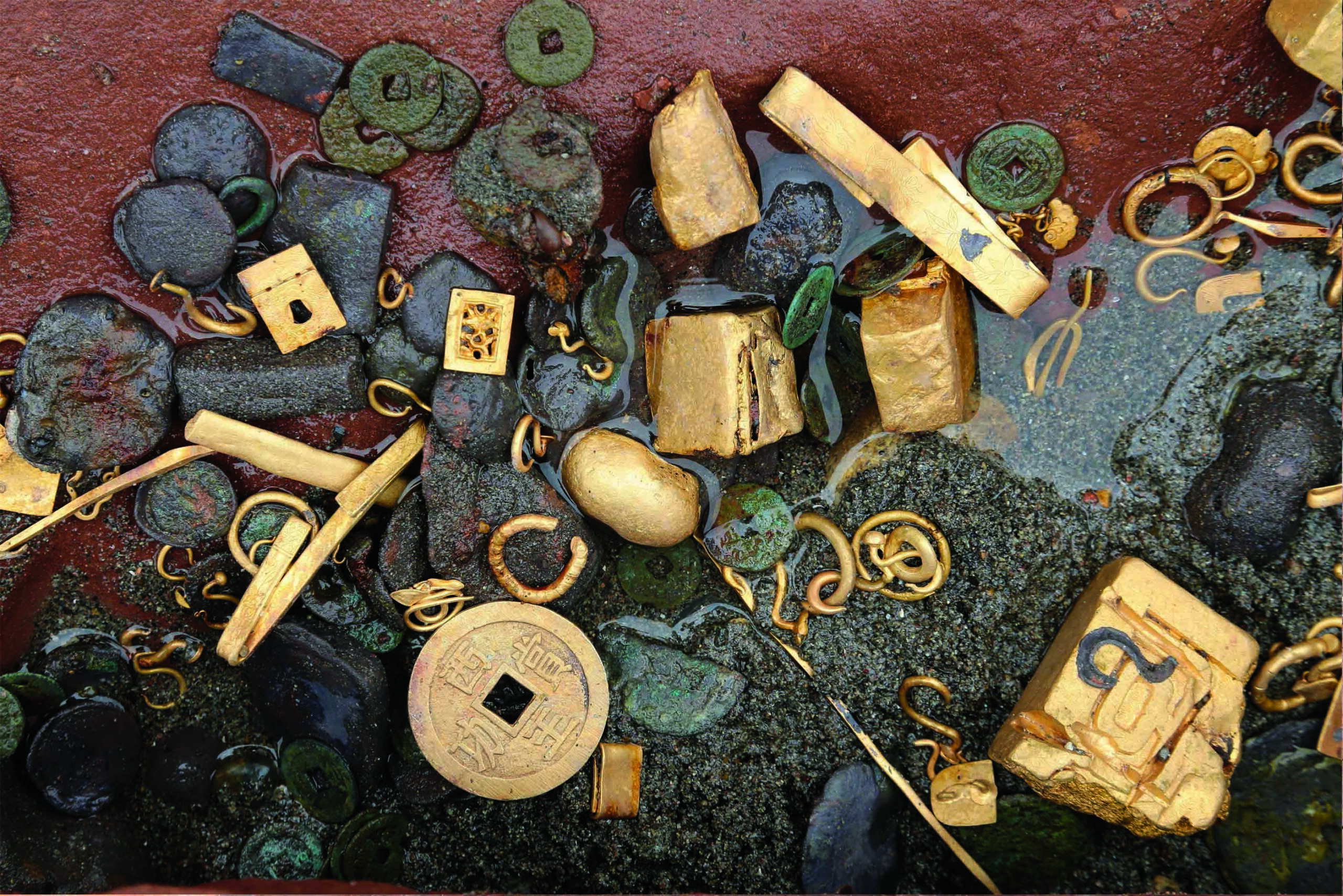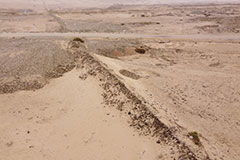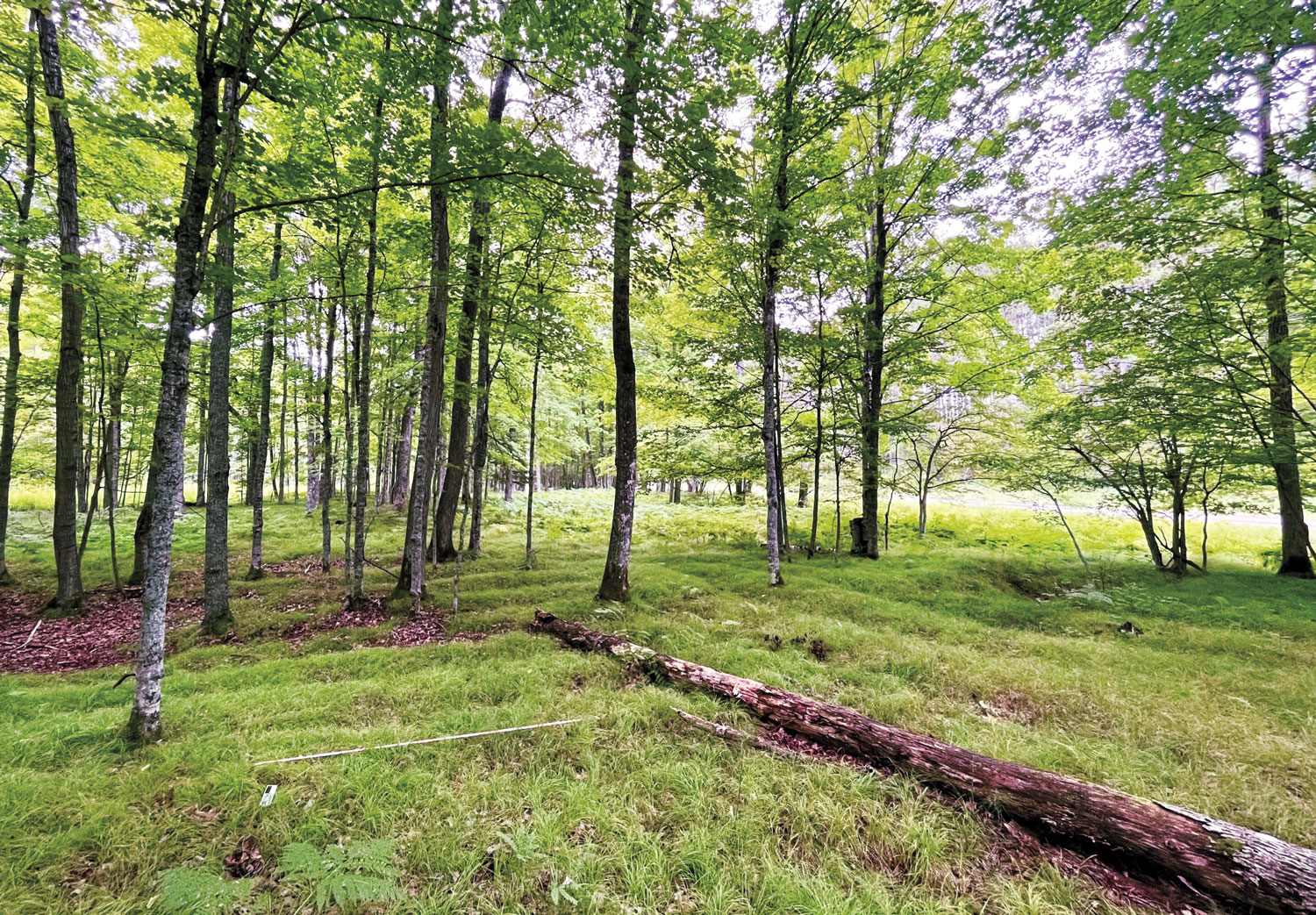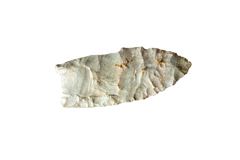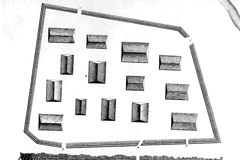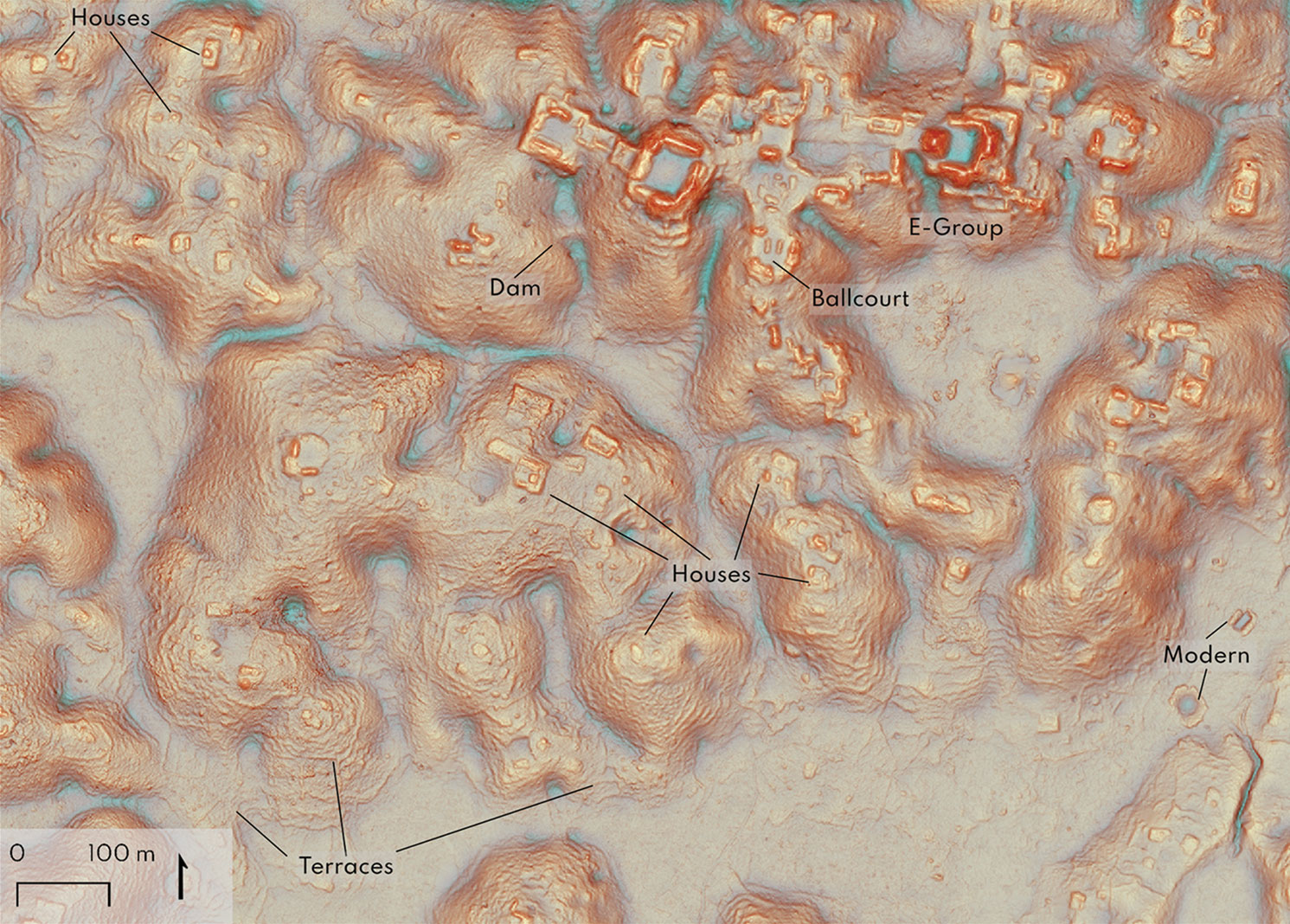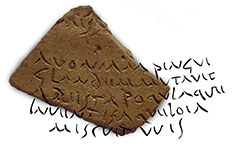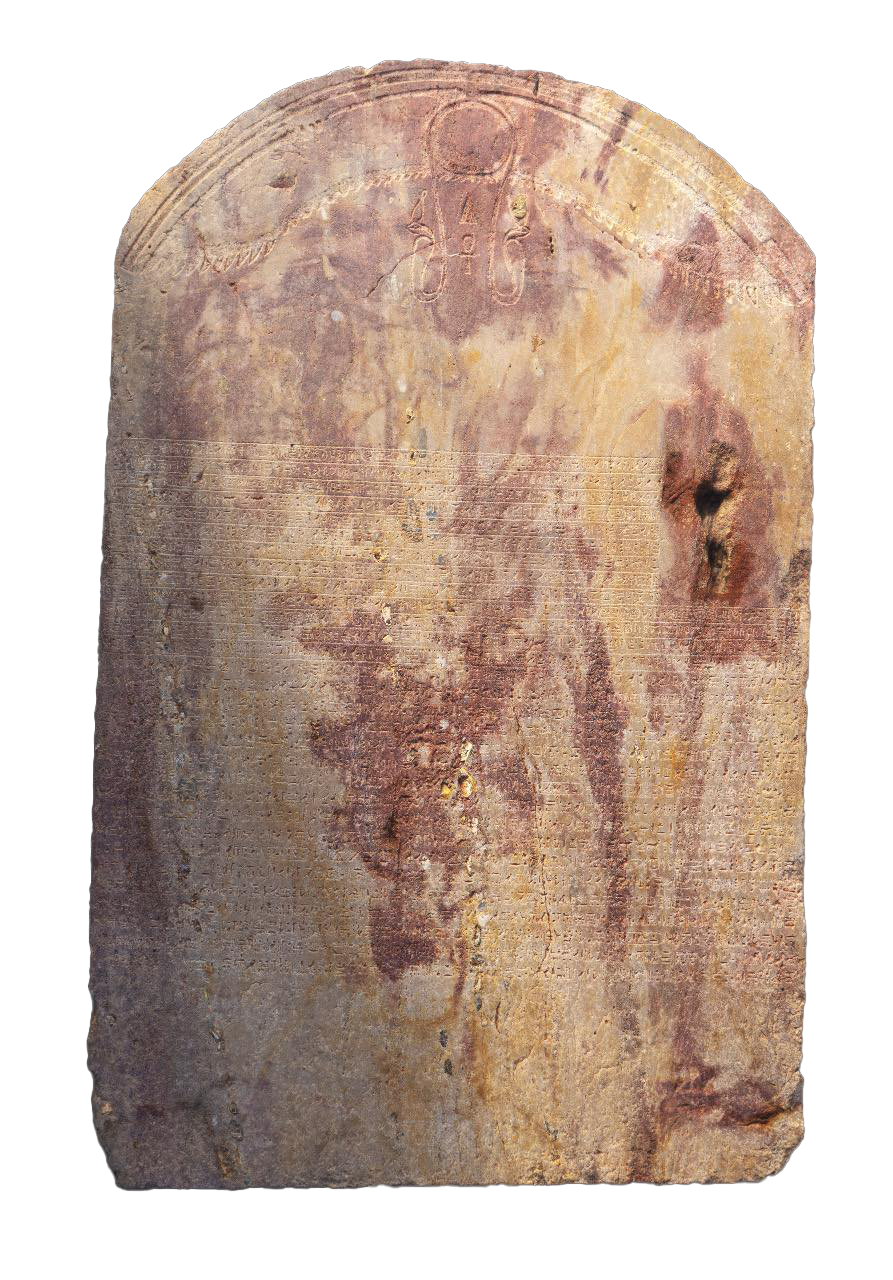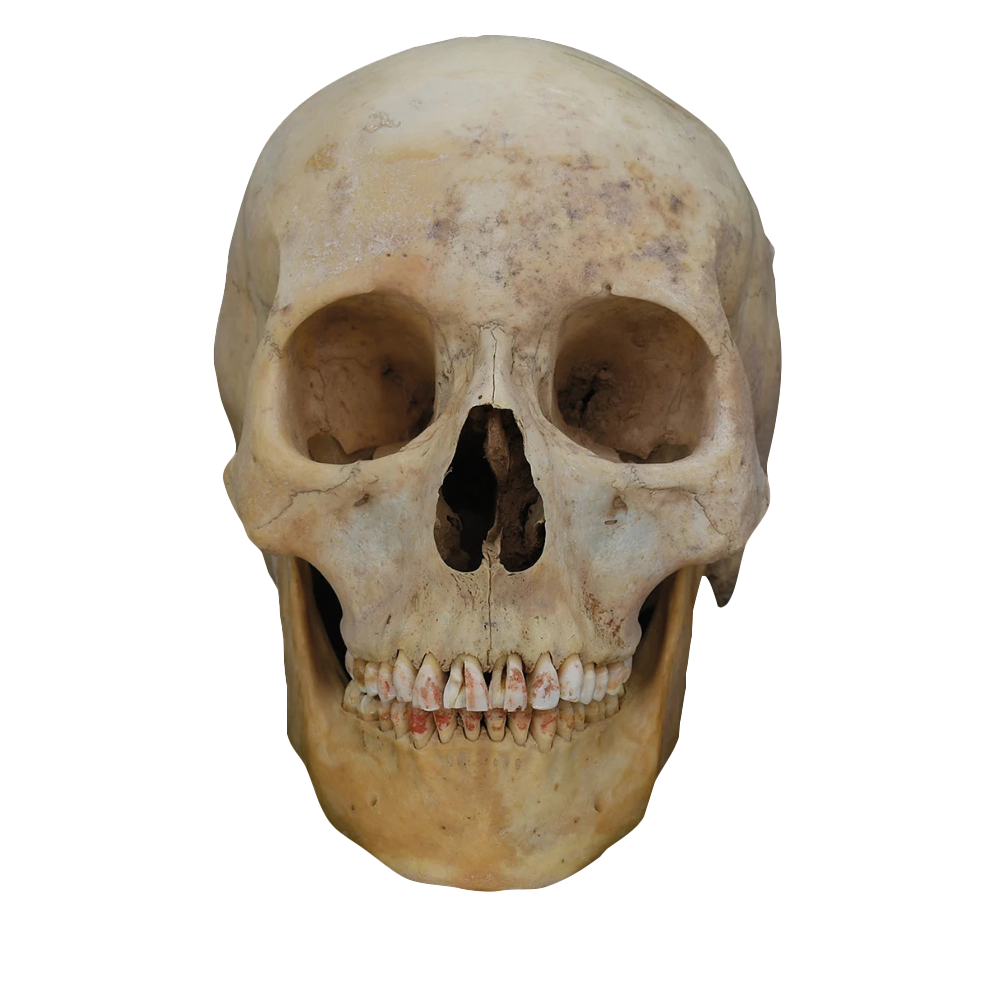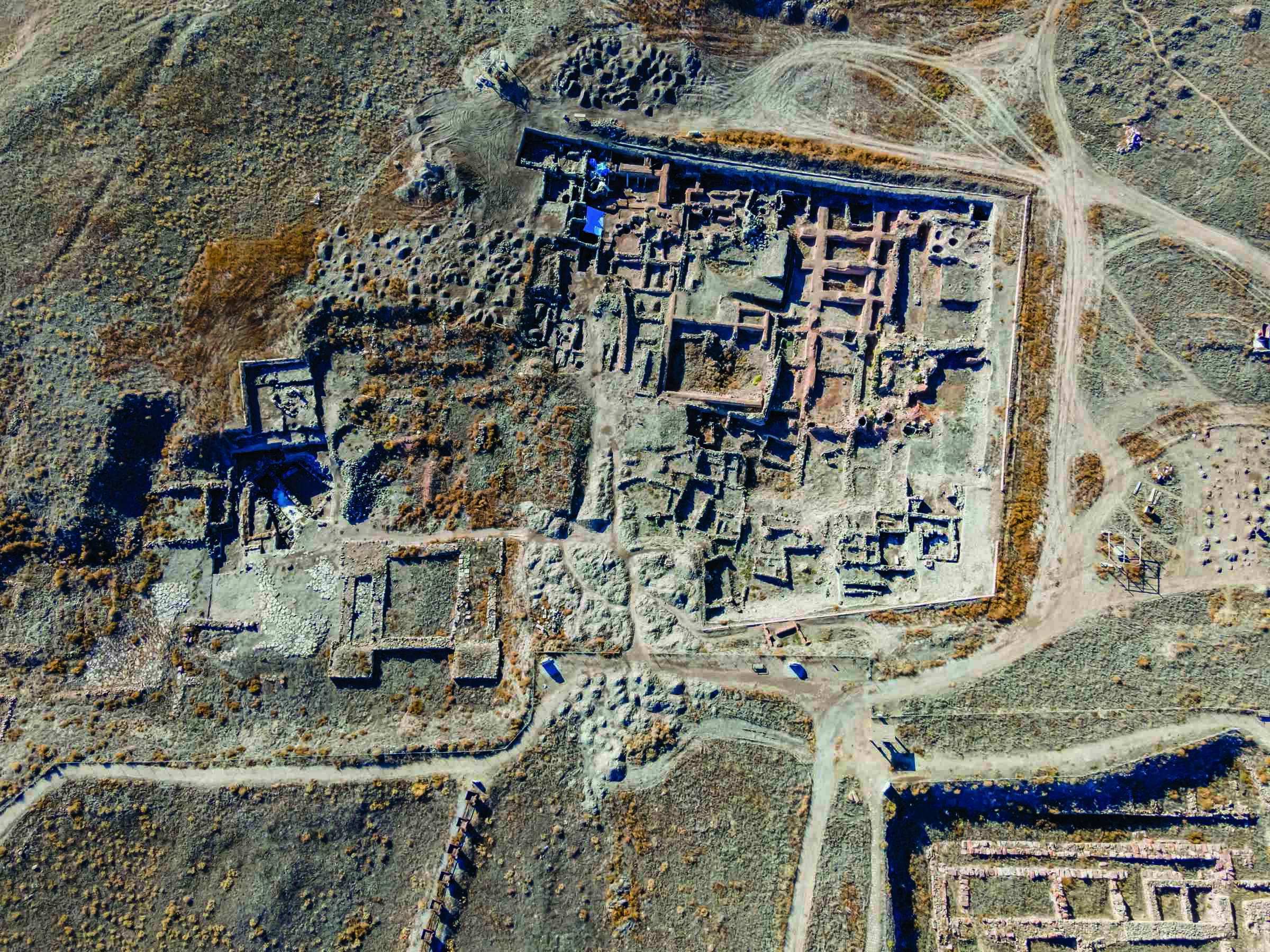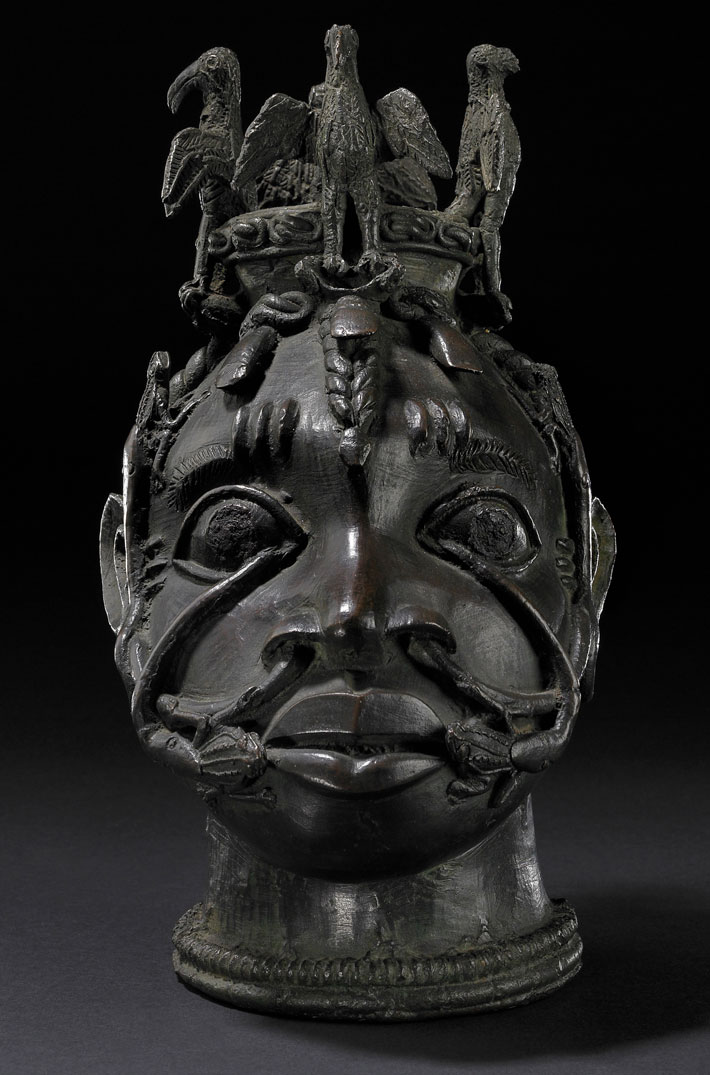
PERU

The pre-Inca Chocorvos people living high in the Andes hundreds of years ago knew how to make noise on the dance floor. At the site of Viejo Sangayaico, researchers located an unusual platform that measured 32 feet across. It was constructed of different subsoil layers and was partially hollowed so it would produce drumlike sounds when stepped on. Researchers believe that dancers would stomp in unison during celebrations to re-create the sound of thunder as a way to venerate the local mountain deities.
Related Content
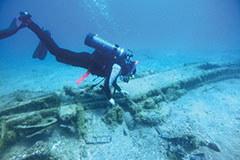
MICHIGAN

Divers recovered the engine of a P-39 Airacobra that crashed into Lake Huron in 1944 during a WWII training mission. The airplane was flown by 2nd Lt. Frank Moody, who was a member of the Tuskegee Airmen, the famed all-Black flying unit. Although most Tuskegee pilots were stationed in Alabama, 2nd Lt. Moody had been sent to Michigan for advanced training. He was conducting an exercise when his guns malfunctioned, causing irreparable damage to the plane’s propellers and dooming his flight.
Related Content

KAZAKHSTAN

A unique Bronze Age pyramid was unearthed at the Kyrykungir complex in the Abai Region. The structure, which has six sides, each measuring 42 feet long, is one of the few monuments of its kind ever found in the Central Asian steppe. The abundance of horse bones around the structure and the many images of horses that appear on its walls suggest that the site was a center of worship dedicated to a horse cult around 4,000 years ago.
Related Content

ALASKA

Rare fragments of 3,000-year-old artifacts found on Kodiak Island are the oldest known examples of weaving made by the Kodiak Alutiiq people. The objects were found during excavations of an ancestral sod house near Karluk Lake. They may be pieces of grass mats that once covered the floor of the dwelling’s sleeping area. When the building burned around 1000 B.C., the walls collapsed onto the floor, helping to preserve the delicate material.
Related Content
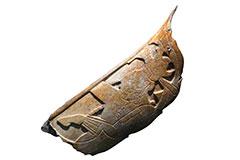
MEXICO

A nose ornament carved from a human ankle bone is the first of its kind ever unearthed at the Maya site of Palenque. The 2.5-inch-long accessory was likely worn by priests on the bridge of the nose when they embodied K’awiil, a Maya god of corn and fertility, during sacred ceremonies. The ornament was found in a ritual deposit that commemorated the completion of an important building between A.D. 600 and 850. This deposit included seeds, animal bones, and obsidian blades.
Related Content

SPAIN

The Baltic region contains the largest known deposits of amber, a translucent fossilized tree resin sought by ancient cultures to use in jewelry. Chemical analysis determined that the earliest known evidence of Baltic amber in Iberia comes from Cova del Frare near Barcelona, where an amber bead was found in a burial that has been dated to 3500 B.C. This indicates that the semiprecious stone was introduced into western Europe through Neolithic trade networks 1,000 years earlier than previously thought.
Related Content
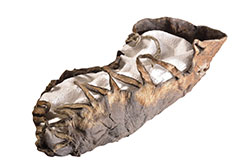
AUSTRIA

Due to salt’s invaluable use in food preservation and seasoning, humans have been extracting it from underground mines for millennia. A recent discovery of a child’s shoe from the Hallein Salt Mine in the village of Dürrnberg revealed that even young children toiled away at this endeavor. The remarkably well-preserved leather shoe dates to the second century B.C. It contains evidence of flax or linen laces and is equivalent to a modern U.S. child’s size 12.5.
Related Content

EGYPT

It’s difficult to imagine the myriad smells that once wafted through ancient cities. However, researchers were able to reproduce one aroma from pharaonic Egypt that has been dubbed the “scent of eternity.” By analyzing residues from canopic jars that once held the organs of a noblewoman named Senetnay, it was possible for the first time to re-create the scents of the mummification process from 3,500 years ago. The recipe included beeswax, plant oils, fats, bitumen, and various tree resins.
Related Content
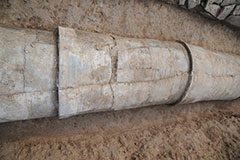
CHINA

Archaeologists uncovered an intricate network of ceramic pipes at the walled site of Pingliangtai that is believed to be the earliest water-management system ever found in China. Dating back 4,000 years, to the Longshan period, the organized series of drains and ditches would have helped divert rainwater during the summer monsoon season. There does not seem to have been any centralized power ruling the site at this time, so it is believed that the system was built and maintained by the community.
Related Content
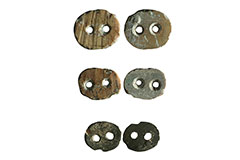
INDONESIA

Although separated by miles of ocean, three island communities in Southeast Asia shared the same fashion trends 12,000 years ago. The islands’ inhabitants drilled holes into pieces of Nautilus shell and sewed them onto textiles. Not only did the shells boast aesthetically pleasing yellowish and white patterns, they also had reflective properties that made them resemble sequins. Microscopic analysis of hundreds of fragments from Makpan Cave on Alor Island revealed that they were similar to examples found on Timor and Kisar, suggesting there was communication among the islands during the late Ice Age.


